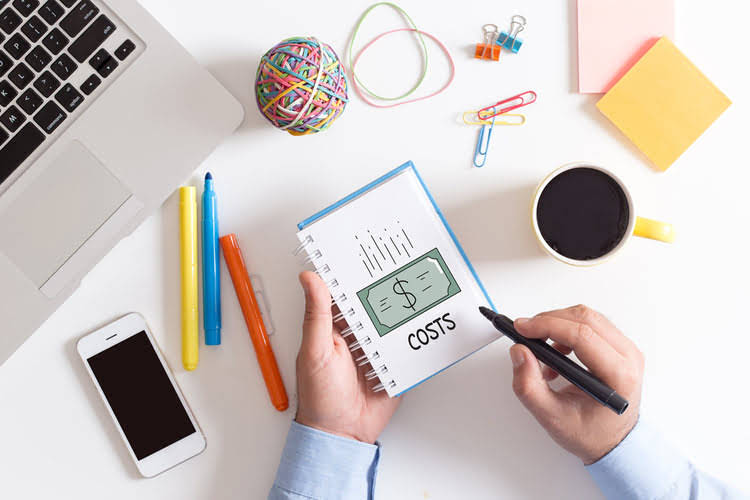
Notes Payable – A note payable is a long-term contract to borrow money from a creditor. Generally speaking, the lower the debt ratio for your business, the less leveraged it is and the more capable it is of paying off its debts. The https://www.bookstime.com/ higher it is, the more leveraged it is, and the more liability risk it has. Some may shy away from liabilities while others take advantage of the growth it offers by undertaking debt to bridge the gap from one level of production to another.
The debt to capital ratio

The AT&T example has a relatively high debt level under current liabilities. Other line items like accounts payable (AP) and various future liabilities like payroll taxes will be higher current debt obligations for smaller companies. Assets and liabilities in accounting are two significant terms that help businesses keep track of what they have and what they have to arrange for. The latter is an account in which the company maintains all its records such as debts, obligations, payable income taxes, customer deposits, wages payable, and expenses incurred. Managing liabilities is a crucial aspect of running a successful business.
The importance of liabilities when acquiring or selling a company

Here are some of the use cases you may run into when understanding the uses of assets and liabilities. This formula is used to create financial statements, including the balance sheet, that can be used to find the economic value and net worth of a company. A company that what is liability account can’t afford to pay may not be operating at the optimum level. Unlock the potential of liability account with the comprehensive Lark glossary guide. The debit and credit sides of accounts can both go up or down depending on the nature of transactions recorded in such accounts. Since increases in capital are recorded on the credit side of the capital account, all incomes are also recorded on the credit side of the relevant account.
Are liabilities an expense?

It’s important for companies to keep track of all liabilities, even the short-term ones, so they can accurately determine how to pay them back. On a balance sheet, these two categories are listed separately but added together under “total liabilities” at the bottom. When a company deposits cash with a bank, the bank records a liability on its balance sheet, representing the obligation to repay the depositor, usually on demand. Simultaneously, in accordance with the double-entry principle, the bank records the cash, itself, as an asset. The company, on the other hand, upon depositing the cash with the bank, records a decrease in its cash and a corresponding increase in its bank deposits (an asset). Companies segregate their liabilities by their time horizon for when they’re due.
Similarly, wages payable reflect salaries due to employees, and interest payable indicates interest owed on borrowed funds. A liability is something that a person or company owes, usually a sum of money. Liabilities are settled over time through the transfer of economic benefits including money, goods, or services. They’re recorded on the right side of the balance sheet and include loans, accounts payable, mortgages, deferred revenues, bonds, warranties, and accrued expenses.
- For example, businesses have the obligation to pay their employees just compensation.
- AP typically carries the largest balances because they encompass day-to-day operations.
- They are indispensable for preparing accurate financial statements, which are vital for investors, managers, and other stakeholders to assess the financial position and performance of a company.
- In conclusion, the management of liabilities is crucial for maintaining financial stability and favorable cash flows.
- Liability accounts are classified within the liabilities section of the balance sheet as either current liabilities or long-term liabilities.
- Even if it’s just the electric bill and rent for your office, they still need to be tracked and recorded.
- A debit either increases an asset or decreases a liability; a credit either decreases an asset or increases a liability.
- If he takes any money or goods from the business for his personal use, that will reduce his capital and therefore an entry will be made on the debit side of his account.
- Portions of long-term liabilities can be listed as current liabilities on the balance sheet.
- Examples of liabilities are accounts payable, accrued liabilities, accrued wages, deferred revenue, interest payable, and sales taxes payable.
The condition is whether the entity will receive a favorable court judgment while the uncertainty pertains to the amount of damages to be paid if the entity receives an unfavorable court judgment. Our article about accounting basics discusses in detail the concepts you need to understand small business accounting. Adam Hayes, Ph.D., CFA, is a financial writer with 15+ years Wall Street experience as a derivatives trader.

“What https://www.instagram.com/bookstime_inc a lot of people don’t understand is those signs are there to protect people on the beach with specific rules,” he said. “They’re all designed to protect the area against liability and a safety issue, nothing to do with making any kind of statement on beach ownership.” Bowen said the signs are “part and parcel” of WIPOA and the First Nation working together for the betterment of the beach, adding that the two groups cooperate really well with each other.